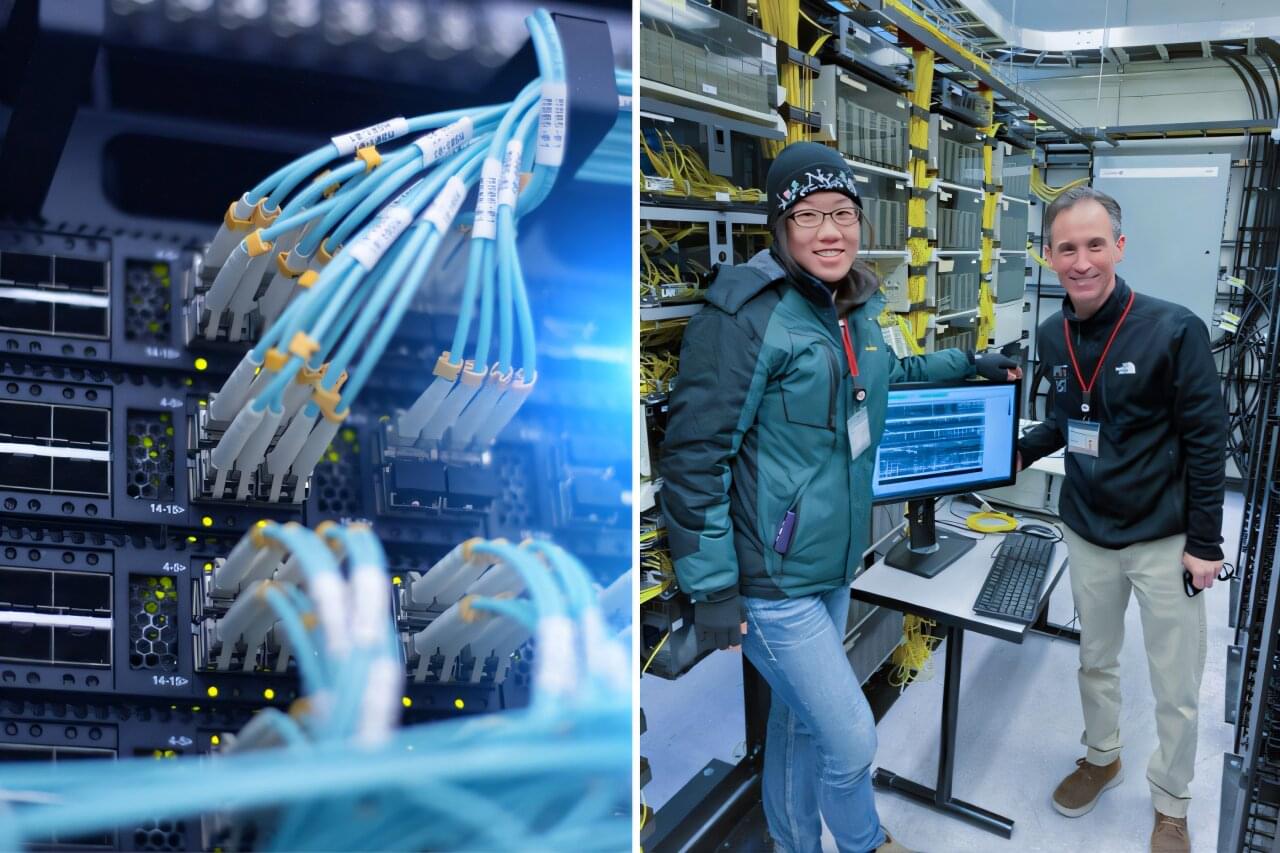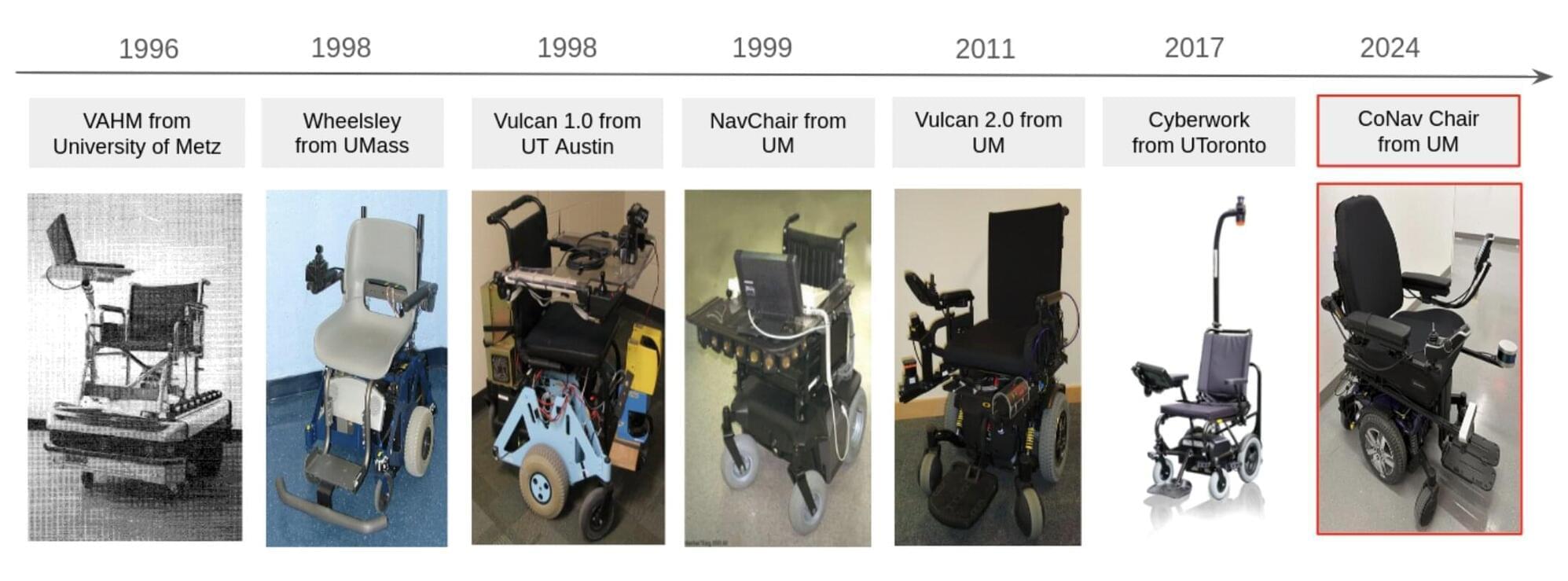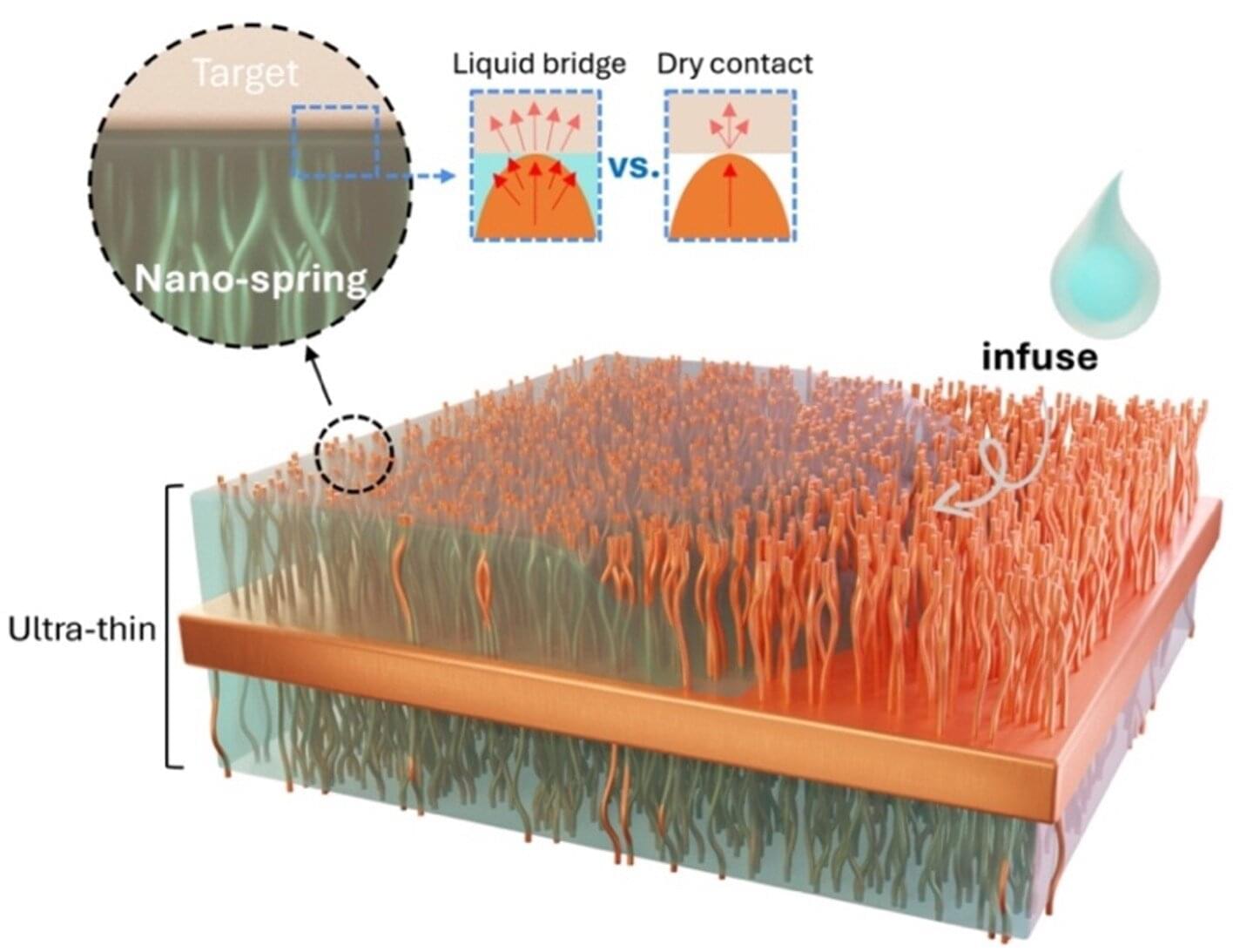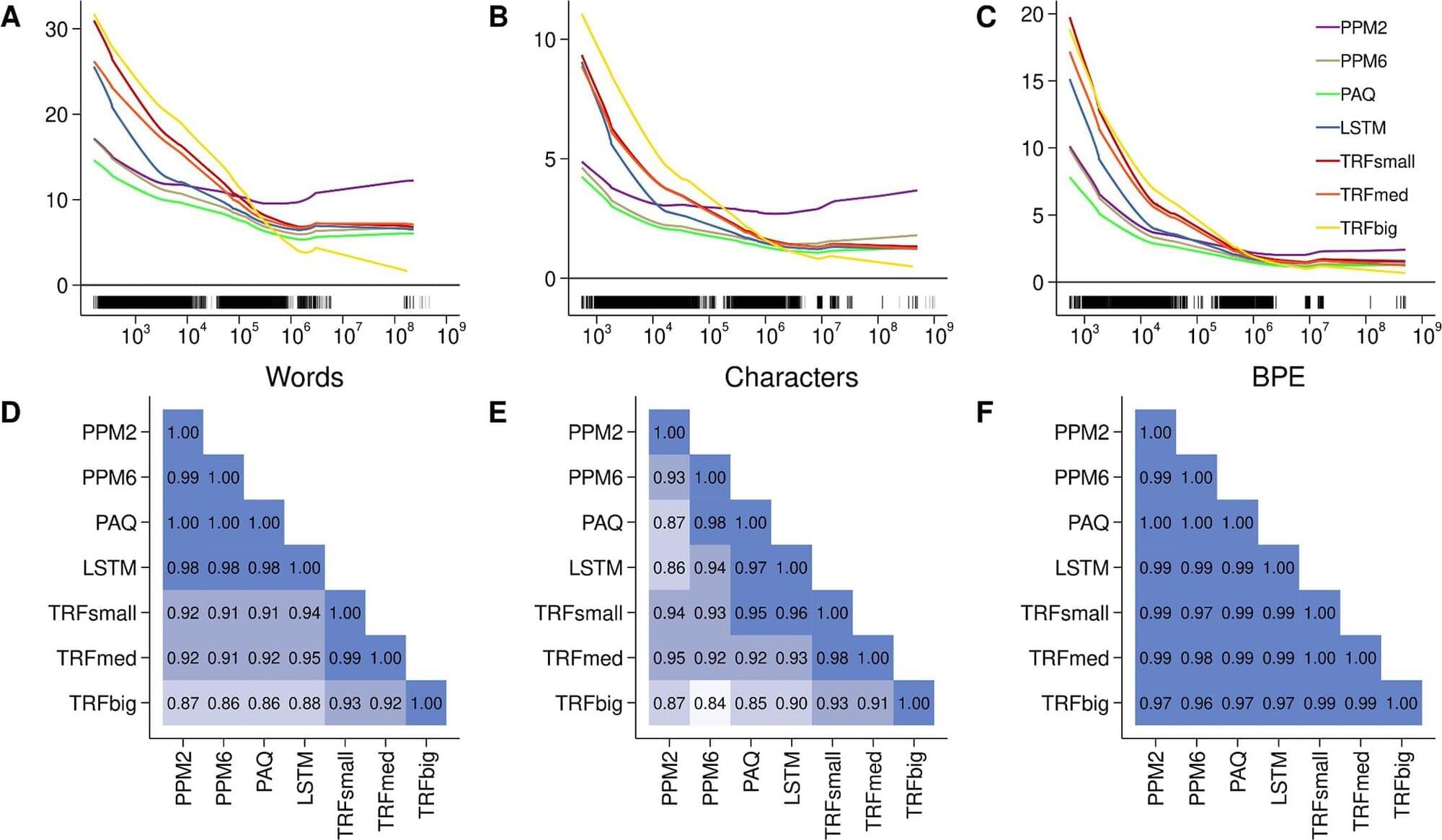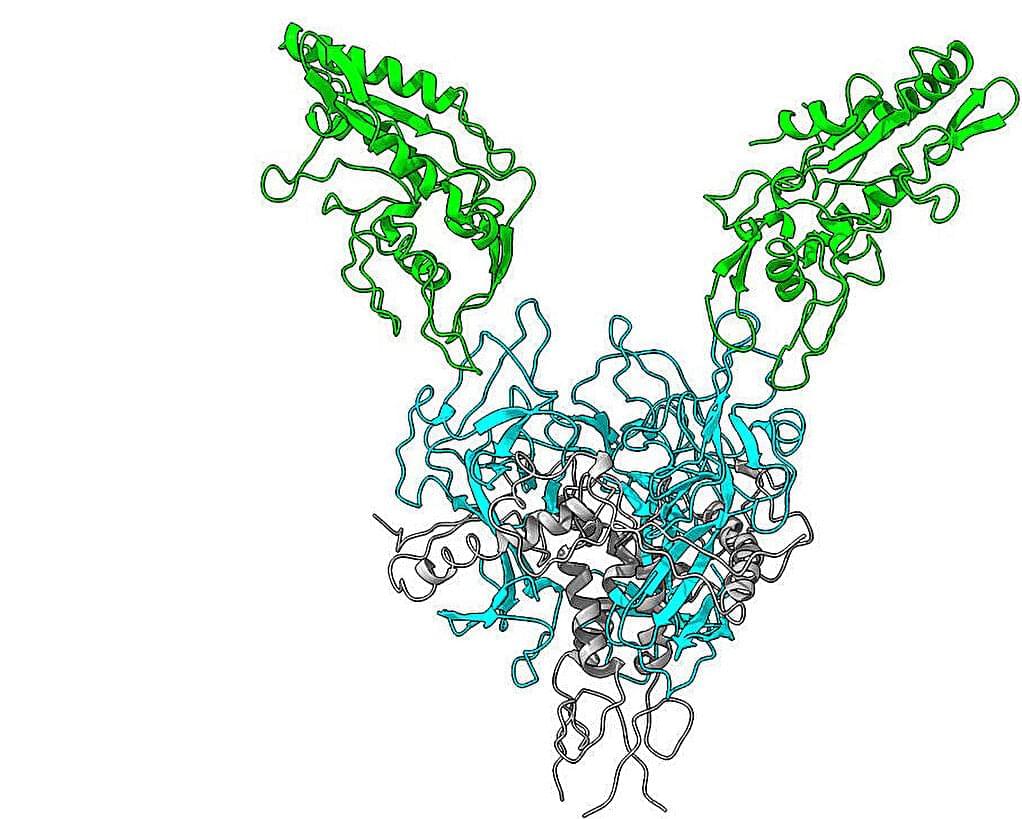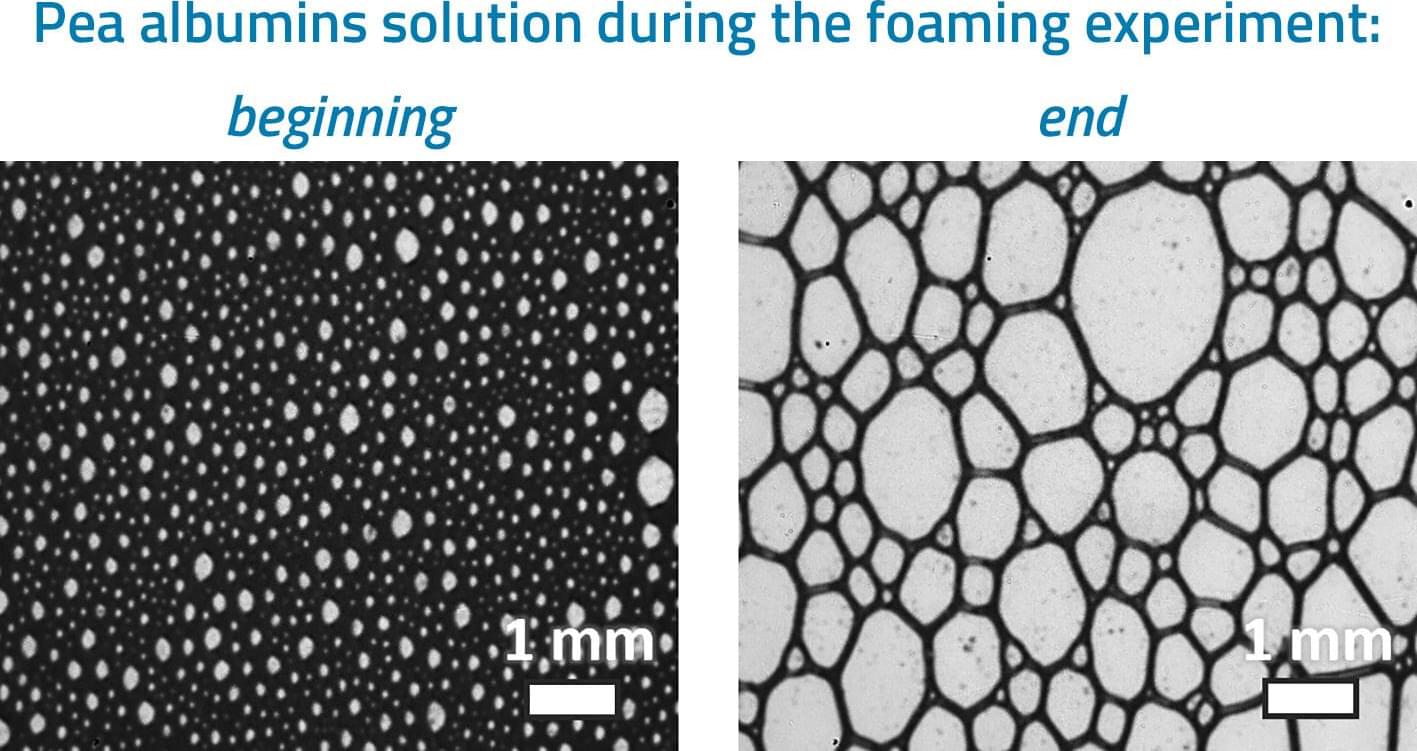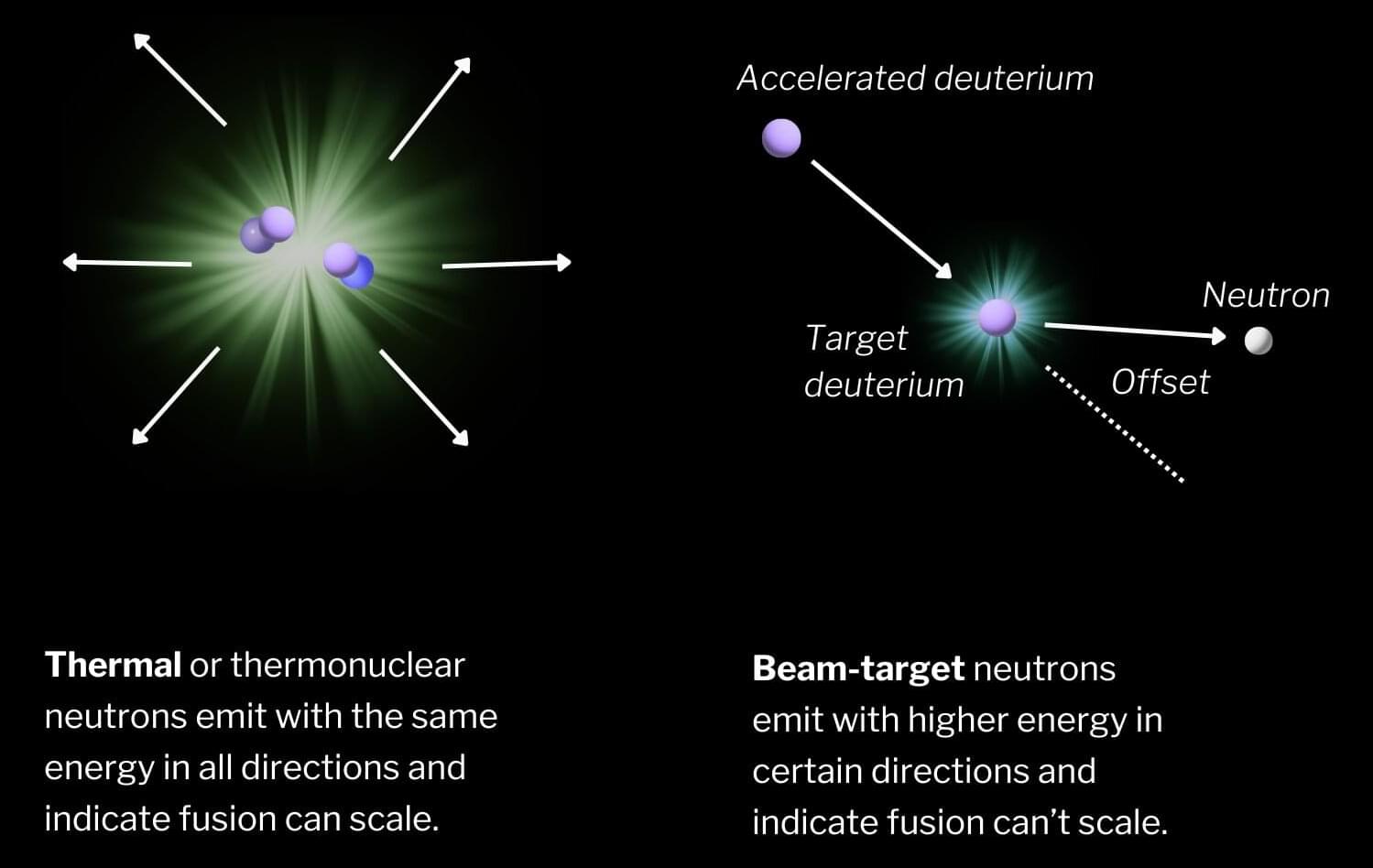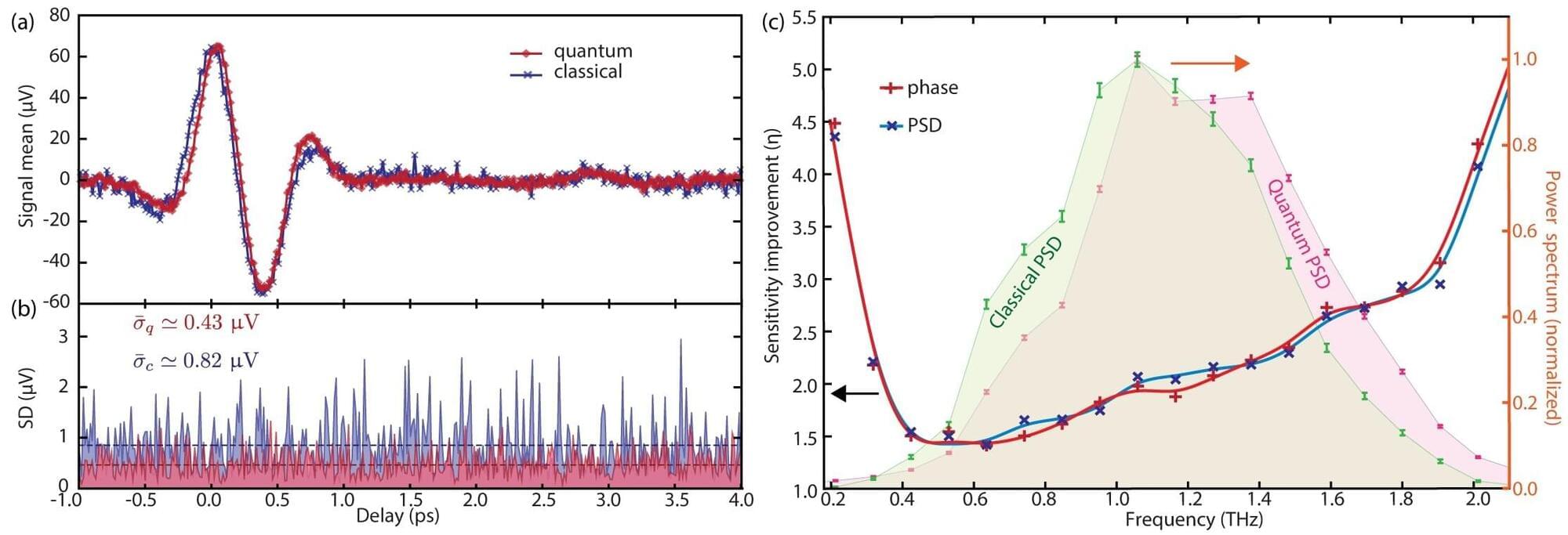When people think about fiber optic cables, it’s usually about how they’re used for telecommunications and accessing the internet. But fiber optic cables—strands of glass or plastic that allow for the transmission of light—can be used for another purpose: imaging the ground beneath our feet.
MIT Department of Earth, Atmospheric and Planetary Sciences (EAPS) Ph.D. student Hilary Chang recently used the MIT fiber optic cable network to successfully image the ground underneath campus using a method known as distributed acoustic sensing (DAS). By using existing infrastructure, DAS can be an efficient and effective way to understand ground composition, a critical component for assessing the seismic hazard of areas, or how at risk they are from earthquake damage.
“We were able to extract very nice, coherent waves from the surroundings, and then use that to get some information about the subsurface,” says Chang, the lead author of a recent paper describing her work that was co-authored with EAPS Principal Research Scientist Nori Nakata. The study is published in The Leading Edge journal.
